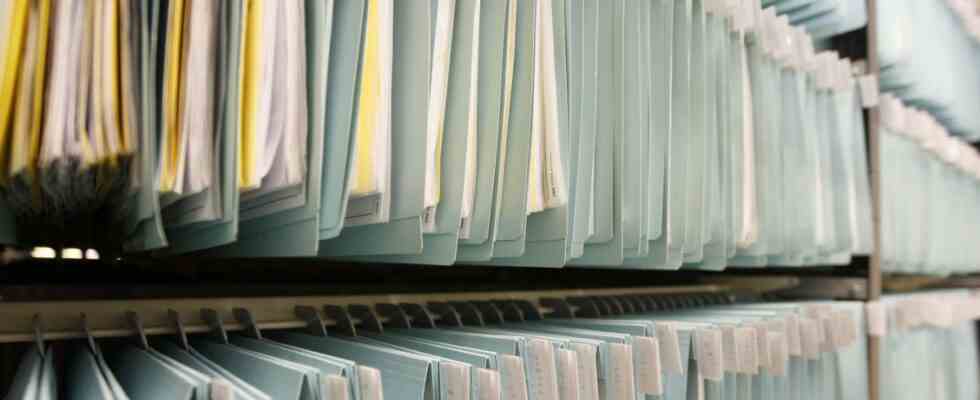Looking at the news this week, one could have thought one had traveled back in time to 2002: Germany has a new digital strategy. But not because of time travel, this is news from 2022, and the fact that Germany is getting a program for digitization actually says a lot. To be fair: the agendas of previous federal governments were already headed in this way or something similar.
But how much they brought can be illustrated with a few numbers: According to data from the EU Commission 15 percent of households in this country are supplied with fiber optic lines for a super-fast network. In Bulgaria it is 85 percent. To this end, Germany wants to at least make it easier for its citizens to go to the authorities or save them by offering them digitally and at the click of a mouse. By the end of this year, 575 administrative processes are to be digitized, consisting of 6000 individual services, vehicle re-registrations, child benefit applications, things like that. The federal government now assumes that no more than 50 will be completed by the end of the year. The electronic patient file, on the other hand, came last year. So far they use just 0.5 of 73 million insured.
So that is roughly the status of digitization in Germany in 2022. It is absolutely necessary that the traffic light coalition wants to do something. It’s not their fault, at least not the fault of all parties involved, especially in this composition, that it didn’t go quite as fast as fiber optics beforehand. A jolt must go through Germany so that it no longer shakes so much. The traffic light also started with the claim: “Dare to make more progress”, ergo departure, future, also and above all digital.
But this path, as the figures above show, will not be easy. It also doesn’t really help that it has taken nine months since taking office just to present the strategy. In return, she presented Volker Wissing (FDP), Transport Minister and, more or less part-time, Digital Minister, this week with big words: She was “guarantee for more digital progress in our country”. It says something that is really important and correct: Half of all households and companies are to be supplied with fiber optic connections. Mobile communications should be available at every milk can. The administration should now really be digitized. The digital patient file should have 80 percent of the insured. Cyber security should be improved.
The traffic light coalition must first drag the country into the present
But if you look from Germany to Estonia, for example, you could almost cry. Sure, the conditions are different there, but the lead is inexcusably huge in pretty much every respect. The goals of the German digital strategy? Estonia has largely fulfilled this long ago. What Wissing presented is nice to have, but largely coming to terms with the past. The SPD, Greens and FDP must first drag the country into the present in order to eventually make it into the future.
It takes time, yes, but you could have expected a little more ambition. The major fiber optic expansion project is scheduled for the end of the legislative period, i.e. 2025, and we should also have nationwide mobile communications by “2026 if possible”. Greetings go out to everyone in the country who would like to check their emails in the home office in the near future. For the de-papering of administrative procedures, the traffic light also extends the deadline in the first place. While clear, verifiable targets have been set for these projects, the 52-page paper remains very vague for others: “In 2025 we want to be measured by whether we have contributed to overcoming digital divides and to participation through digital participation enable.” Good, but how?
Germany is in EU index for the digitization of economy and society Incidentally, in 13th place out of the 27 member states. Minister Wissing has now announced: Germany wants to make it into the top ten. By 2025. So much for the ambitions of Europe’s largest economy.

